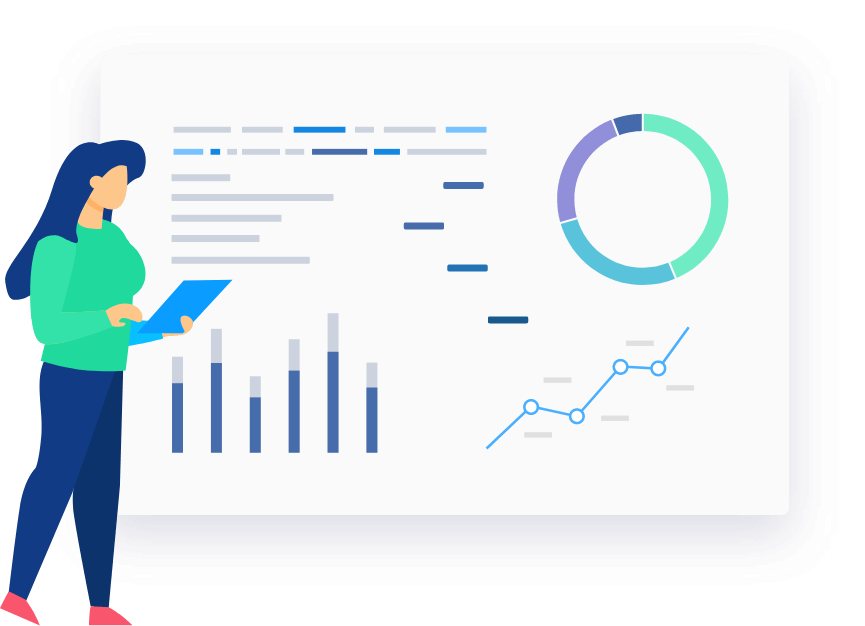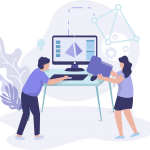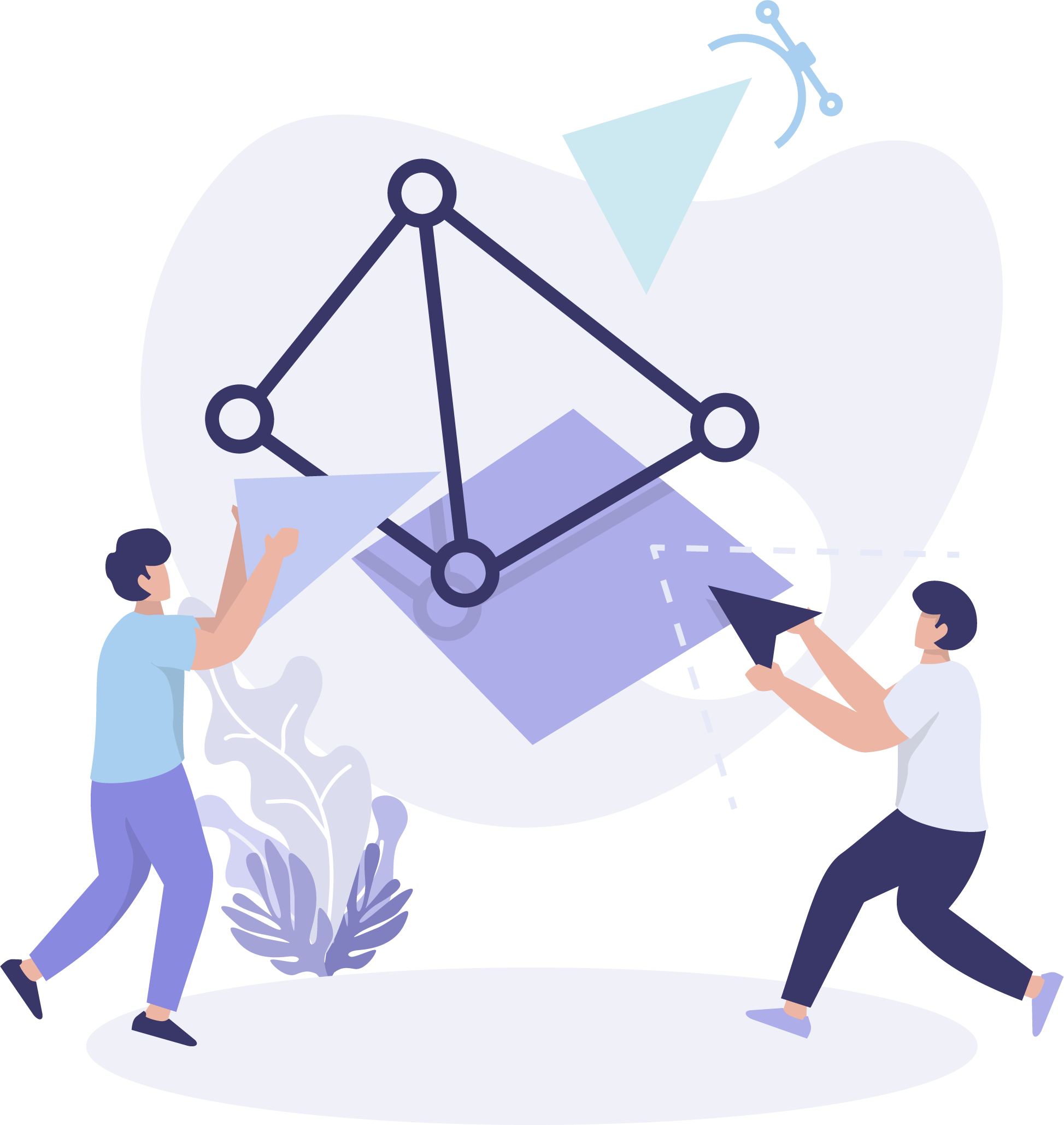Simplifying and intelligently organizing the complex world of skills
Backed by years of research and continued focus on mapping skills ensures
ISOT (IYS Skills and Occupations Taxonomy) is your No 1 resource on skills.

ISOT covers width and depth of the skills landscape
Wide range of Areas (Functions / Industries)
ISOT covers over 32 plus areas including those that are quite common and those less so, those that are highly dynamic and not those so dynamic and more
Some of the areas include: Information Technology, Engineering, Life Sciences, Healthcare, Accounts & Finance, Sales & Marketing, HR, Arts, Sciences, Education


Exhaustive number of skills terms
Over 130,000 terms in the different areas. The skills area is fascinatingly complex due to the very thick and loooong tail of the skills terms. ISOT painstakingly covers not just those obvious and common ones but also the less ones in the long tail in the different areas
“Skills” is lot more than skills
IYS uses the work skills liberally to include the different aspects of well, skills (also referred as competencies or talent)
Skills include functional / technical skills, aptitude / soft skills, activities, knowledge, domain and certifications

True value of ISOT comes from the intelligent organization of skills

Hierarchical association
The skills and skills groups are organized hierarchically to go deeper into a skills area
Programming Languages > Java > Arrays > Classes > Functions
Digital Marketing > SEO > SEO Activities > On-Page SEO Activities > URL Rewriting > Page Optimization

Graphical association
A node in the skills tree can be associated with another node in the skills tree (so you could easily know the other skills relevant to your chosen skill.)
Medical Coding is related to other categories like Medical Coding Standards, Medical Coding Software, Areas in Medical Coding, Certifications in Medical Coding e.g.

Contextual references
A simple word like English can mean different when prefixed (or suffixed.) Teaching English, Learning English, Blogging in English, Teaching in English e.g.
Some routinely used words make little no sense in isolation. Also, these words could mean different things for different people. So we’ve utilized the concept of contextual references to solve this problem
ISOT is regularly updated – IYS is focused on just on skills
Constant updation to include emerging skills and deep dive into the existing ones is the real key. The entire process happens using battle-tested procedures and proprietary tools.
Updation using Tools
The new information from multiple sources is aggregated using proprietary tools using NLP and Machine Learning. Then these inputs are further analyzed for either to be included or better organized in the taxonomy.


Updation Using Secondary Research and SMEs
IYS has spent years making sense of the skills landscape and their nuances in different areas. And then get rich insights with the help of subject matter experts in the specific domain.
Updation Using User Contribution
ISOT has become even more robust from inputs from our existing users. We take ongoing feedback on the application, governance, and improvements to make it even more potent.



